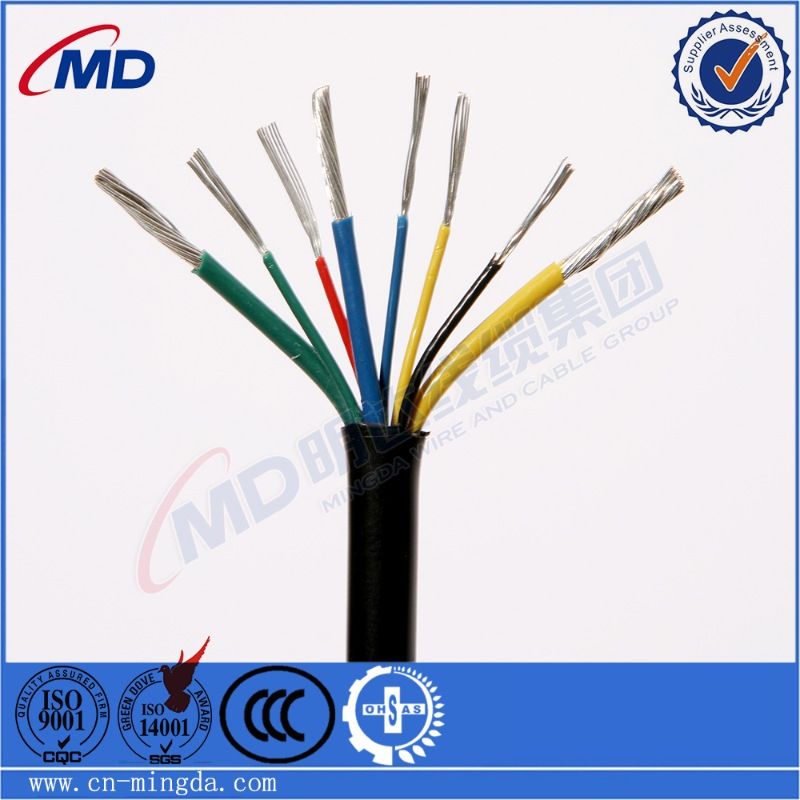Dùbh . 27, 2024 15:34 Back to list
espansion rubber joint
Understanding Expansion Rubber Joints Applications and Advantages
Expansion rubber joints, also known as flexible joints or expansion joints, play a crucial role in various industrial applications where movement and vibration need to be absorbed. These components are specifically designed to accommodate the thermal expansion and contraction of piping systems, thereby preventing damage and ensuring longevity. This article delves into the structure, applications, advantages, and considerations surrounding expansion rubber joints.
Structure and Functionality
At the core of an expansion rubber joint is a flexible rubber body that allows for movement in multiple directions. This elasticity enables the joint to absorb shocks, vibrations, and misalignment, ensuring the piping system remains intact and functional. Typically, the joint is reinforced with fabric or steel, enhancing its durability and ability to withstand high pressures. The design features flanges at either end, allowing for easy installation between pipes.
The main functions of expansion rubber joints include
1. Compensation for Thermal Expansion As temperatures fluctuate, pipes expand and contract. Rubber joints accommodate these movements, preventing stress on the pipelines. 2. Absorption of Vibrations Machinery and pumps generate vibrations during operation. Rubber joints help mitigate these effects, protecting the integrity of the piping system.
3. Alignment Adjustment In cases where pipes may be misaligned due to various factors, expansion joints can absorb some of this misalignment, facilitating easier adjustments during installation or maintenance.
Applications
Expansion rubber joints are utilized across a wide range of industries, including
- HVAC Systems In heating, ventilation, and air conditioning systems, rubber joints manage thermal expansion and vibrations from air handlers, compressors, and ductwork.
- Water and Wastewater Management Wastewater treatment plants often employ rubber joints to handle the movement and expansion of pipes, ensuring leak-free operations.
- Industrial Processes Many manufacturing plants and facilities use expansion joints to connect different segments of piping systems, particularly in settings where temperature fluctuations are common.
- Marine Applications In shipbuilding and marine engineering, rubber joints are essential in managing vibrations from engines and other machinery.
Advantages of Expansion Rubber Joints
espansion rubber joint

1. Durability Rubber materials can withstand various environmental conditions, including high temperatures and corrosive substances, making them ideal for diverse industrial settings.
2. Ease of Installation The design of expansion rubber joints allows for straightforward installation, requiring minimal tools and time.
3. Cost-Effectiveness Compared to other types of joints, rubber joints tend to be more affordable while still offering reliable performance, reducing overall maintenance costs.
4. Flexibility Their ability to accommodate movements in multiple directions enhances system reliability and contributes to the overall efficiency of operations.
5. Noise Reduction The capability to absorb vibrations helps reduce noise levels in industrial settings, contributing to a more pleasant working environment.
Considerations When Choosing Expansion Rubber Joints
When selecting expansion rubber joints, several factors must be taken into account
- Material Compatibility The rubber material should be compatible with the fluids and gases in the system to prevent degradation.
- Pressure Ratings Ensure that the joint can withstand the pressure requirements of the specific application.
- Temperature Range Verify that the joint can operate effectively within the temperature extremes expected in the application.
- Size Specifications Selecting the correct size is crucial for proper function and to prevent leaks or failures.
Conclusion
Expansion rubber joints are indispensable components in modern piping systems, helping to manage movement, absorb shocks, and enhance the longevity of installations across various industries. By understanding their structure, applications, advantages, and key considerations, engineers and facility managers can make informed decisions that promote efficiency and reliability in their operations. With their significant role in industrial applications, expansion rubber joints contribute to safer and more effective systems, proving their worth across many sectors.
Share
-
Reliable Wafer Type Butterfly Valves for Every IndustryNewsJul.25,2025
-
Reliable Flow Control Begins with the Right Ball Check ValveNewsJul.25,2025
-
Precision Flow Control Starts with Quality ValvesNewsJul.25,2025
-
Industrial Flow Control ReliabilityNewsJul.25,2025
-
Engineered for Efficiency Gate Valves That Power Industrial PerformanceNewsJul.25,2025
-
Empowering Infrastructure Through Quality ManufacturingNewsJul.25,2025